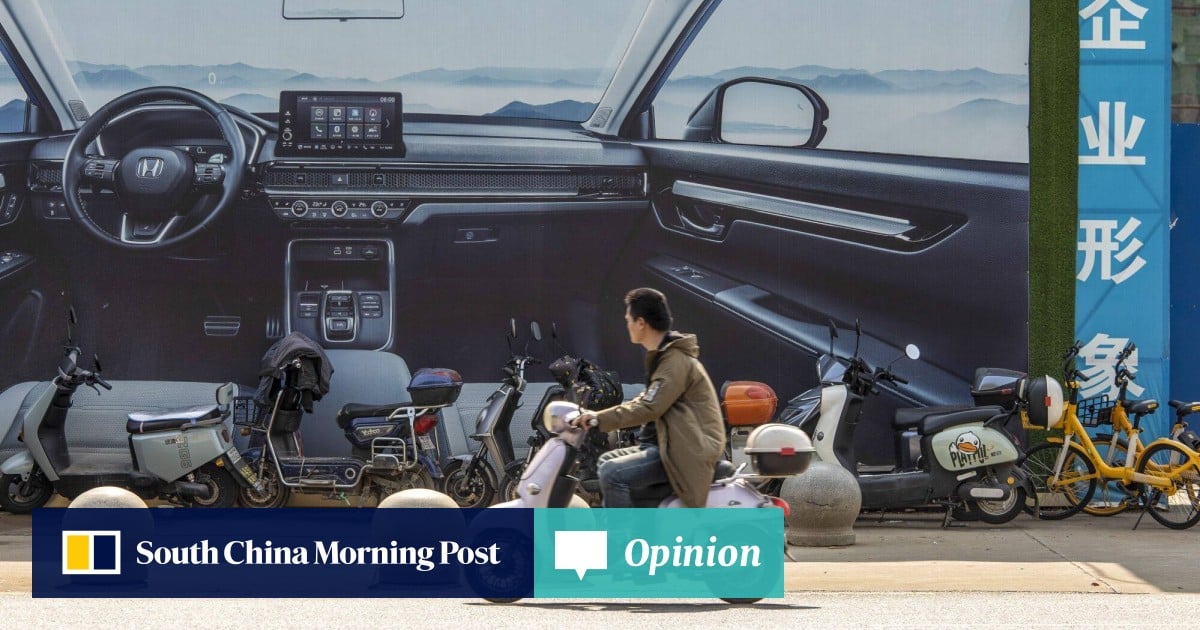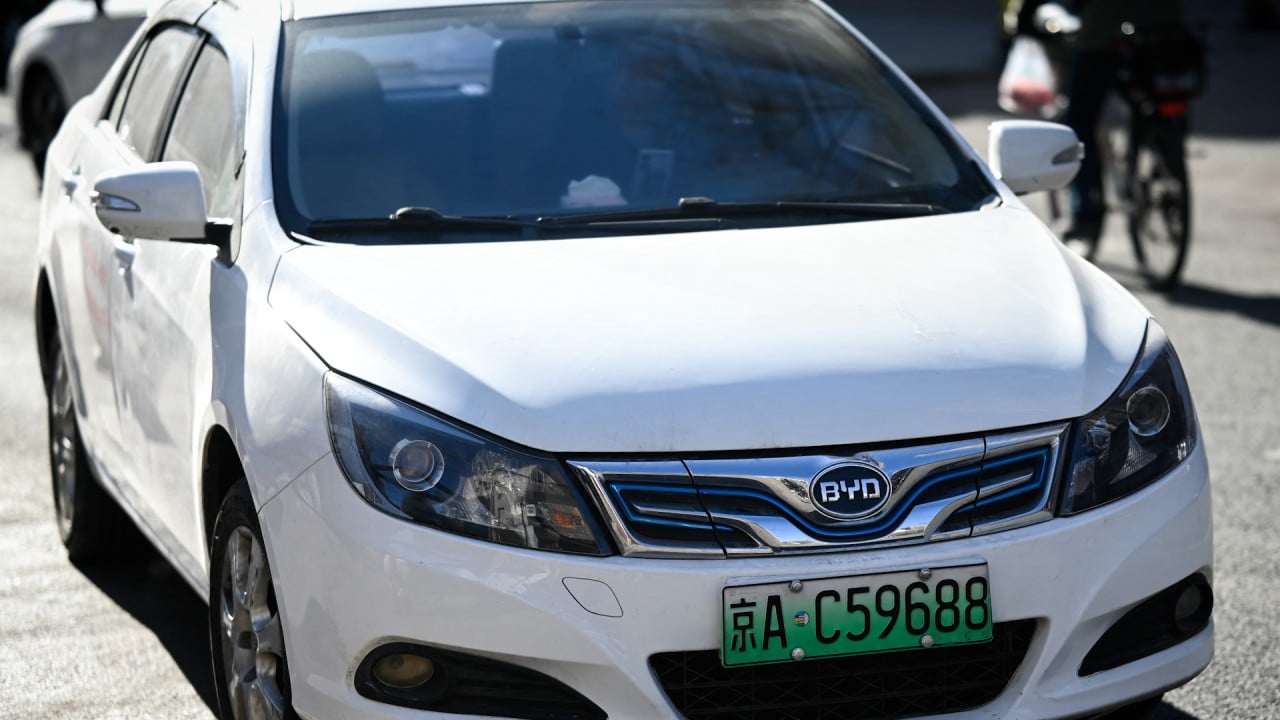
30 Jan Opinion | China’s EV industry risks becoming a victim of its own success
There are approximately 50 Chinese companies producing EVs and plug-in hybrids, but the market capitalisation for Chinese EV companies has underperformed relative to global peers and the top five Chinese EV makers delivered tepid return on equity over the past year. With China EVs clearly the global leader, what is driving this underperformance?
Worryingly for investors in the segment, this market-wide margin pressure could well be occurring too early in the capital cycle to continue driving investments in innovation and efficiency.
How China can use its strength in car exports to drive economic growth
How China can use its strength in car exports to drive economic growth
Future EV sales may be challenged because early-adopters of new EV technologies have already made their purchase and the second tranche of prospective EV buyers are proving more dubious. Relatively rapid depreciation of EVs in the second-hand market is also giving pause to the next wave of potential buyers who worry that today’s EVs will be obsolete in the near future, although the resale value of EVs should be more resilient as EV batteries improve and the cost of replacement falls.
The situation is nonetheless rapidly improving, with around 2 million public charging stations now available in China on top of nearly 5 million private stations, from less than 1 million combined charging stations in 2019.
Households have also shown some preference for hybrids over pure battery electric vehicles (BEVs). In the US, hybrid car sales grew faster last year than BEVs, indicating that EV carmakers haven’t solved the “range anxiety” around pure EVs, and addressed a relative lack of charging infrastructure versus traditional petrol refuelling.
That said, meaningful incremental range improvements have indeed been made. The average EV globally has seen range increases of 10 per cent annually over the past decade, and in the US this figure is closer to 13 per cent.
Hybrids are likely to continue to play a transitional role in the switch to full EV. This will hold particularly true in regions like the US where the time spent and distance travelled in vehicles is well above global averages. It’s possible that this transitional phase could be longer and more drawn out than many are anticipating.
What ‘China threat’? Chinese carmakers are helping Hungary become EU’s EV hub
What ‘China threat’? Chinese carmakers are helping Hungary become EU’s EV hub
Despite these headwinds, China’s EV makers are still growing, with technological advancement and adoption happening at a far greater pace than even the most optimistic predictions from several years ago. What’s new is the rising popularity of hybrid vehicles as they form an increasingly important bridge for households as they transition from ICE to fully battery-powered cars. Hybrids have become a good alternative as the EV industry addresses lingering concerns.
David Chao is a global market strategist, Asia Pacific (ex-Japan), at Invesco

